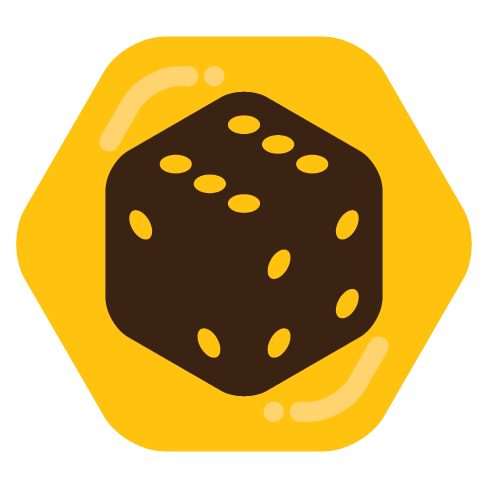

Oh wait I just saw that you said its made with a plagiarized information synthesis system. Nevermind.


Oh wait I just saw that you said its made with a plagiarized information synthesis system. Nevermind.


Maybe you could say some things about it? Like: How does it accomplish it’s main design goals? What is the core gameplay loop? What distinguishes it from the greats of the genre, such as Red Markets? Or rather: What is the new and innovative thing about it that fills the gap you saw before?


… Why? They seem harmless to humans.


Yes, the thoughtless consumption of those zombies who… Want to learn how something is done instead of jusy going “oooh” and scrolling past?
Besides, the pics of food correspond more to a post of a description of an artwork rather than a post of an artwork itself. With food as the medium, you kinda gotta recreate it to appreciate it, much more than with digital art or even 3d objects.
For some kinds of physically painted art (think Rothko) you don’t exactly have to recreate it but even there the digital representations are not enough to convey what matters, for example because the physicality of the artifact matters too or because the context/arrangement adds its down dimension.
A picture of food is not food.
Interesting, to me, those points all except 4 would have made it look way worse.


I’m begging you…
Pretty sure I remember a study that eclectic psychotherapy has lower efficacy than manual based psychotherapy, buts it been a few years…
“However, this doesn’t mean everything he did was worthless.”
Agreed - its popularity actively set back our collective understanding of the mind.
Maybe his stuff on eel genitals was better but in psychology… no, neither rigor nor methodology are things I’d attest him. Nor getting things meaningfully right despite this. Nor to be the first, given that the psychophysics people were already doing work that’s both scientifically sound and still a solid basis for contemporary work.


Or read the article?


If you want to do it right, the conclusions in evolutionary psychology are: -hard to get to (because just making up shit is not proper evidence, Santa Barbara church of evolutionary psychology…) -not as news sexy as that shit
Like, you can do stuff where you use phylogenetic history to make predictions about the prepotency of phobic stimuli, and that’ll be solid enough, but just screaming how your sexism is science is so much easier!
Nice, that’s a type of shot I still wanna get, too!


Good.
… Wingspan, the board game, will need a rework.


I mean… If I want to build a hell, I still want options.
Like, realistic space use for car hell would be interesting but maybe sometimes I wanna build a university on a hill and student housing at the top of a different hill and to get to class you have to bike up a hill both ways.


There’s many things I can overlook here but the lack of bikes nixed my hype fully. I don’t want to build car hell yet again. I can leave the house if I wanna see that.


It’s a protozoan. “Bug” is probably meant as in stomach bug. Odd word choice for an infection during a time in which literal bugs are widespread in at least Paris.
Immunocompromised people can die of cryptosporidiosis.
What are you talking about? A correlation coefficient of .5 is in the ballpark of or bigger than the correlation between human height and weight. I wouldn’t be surprised if the bottleneck isn’t in the reliability of the measurement.
Unmodeled interactions here also would only be able to suppress the explained variance - adding them in could only increase the R-squared!
"They produced a regression model and deduced that because the F-test had a low p value that the dark tetrad scores predicted the car score. The F-test, for clarity, determines if a model predicts the response variable better than a model with no explanatory variables. "
Yes, when you wanna know if a variable predicts another, one thing you can do is that you compare how well a model with the predictor included fares compared to a model without the predictor. One way of doing that is by using an F-test.
In case your 101 course hasn’t covered that yet: F-tests are also commonly used when performing an analysis of variance.
“As is it’s impossible to say if the model they found is actually very good.”
You say that after quoting explained variance, which is much more useful (could use confidence intervals… but significance substitutes here a little) in this context for judging how good a model is in absolute terms than some model comparison would be (which could give relative goodness).
Your criticism amounts to “maybe they are understating the evidence”.